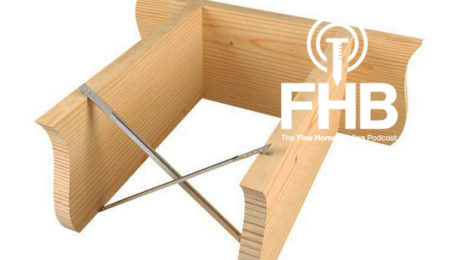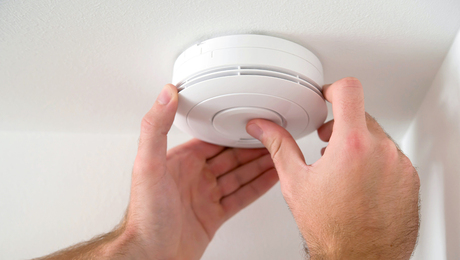Burner Basics
If you think the choice is as simple as gas vs. electric, you could end up with a great-looking stove that takes forever to boil water and even longer to clean.

Synopsis: A stove or cooktop is one of the most important of all kitchen appliances. This article is a survey of what’s on the market, looking at pros and cons of various electric and gas models. It offers a clear explanation of basic features and should help buyers pick models compatible with their cooking style and needs.
Despite what you might think after looking at the kitchens in this and in all the other kitchen magazines, some people actually buy a stove because they want to cook on it. If you’re one of those people, read on.
Regardless of whether a cooktop is part of a range or dropped into a counter with no oven below; regardless of whether it’s enamel, stainless steel or cast iron; 30 in., 36 in. or 48 in. wide; white, green, black or polkadotted, it’s the burners that do the cooking. And like a car buyer popping the hood to check the engine, anyone shopping seriously for a stove or cooktop needs to know about burners. Here’s the short course.
Gas offers speed and control
Ask any group of serious cooks what type of stove burners they prefer, and hands down, they’ll choose gas over electric. Their reasoning can be summed up in two words: speed and control.
With a gas burner, the heat is instant. Turn the knob, a flame appears, and you’re ready to cook. Immediate high heat sears food, cooking it quickly and sealing in juices, something a gourmet cook considers essential. When you turn off a gas burner, the heat disappears just as quickly, which stops the cooking. The cooking temperature changes just as quickly when the size of the flame is changed.
Control comes from being able to change the flame as you turn the knob. And most gas burners are infinitely adjustable between the burner’s highest and lowest capacities.
Sealed burners mean easier cleaning
The biggest trend today is professional-style stoves for the home. And the burners on these stoves boast the largest British thermal unit (Btu) ratings. Among them, Wolf, Garland, Viking, Five Star, and Thermador all rate their regular burners at around 15,000 Btu (Wolf’s burner is rated at 16,000 Btu). For a chef, that’s serious horsepower.
By the way, if you’re going to run a stove on propane rather than natural gas, it’s a good idea to ask if there’s any power loss due to conversion. For instance, Five Star rates its burners at 14,000 Btu for natural gas but at 12,000 Btu for propane, a reduction of almost 15%. Garland, however, rates its burners the same for either fuel. Some of Viking’s burners have a reduced propane rating, and other Viking burners have the same rating.
Gas burners can be either open or sealed. In an open gas burner, such as you’ll find in most true restaurant stoves, the stovetop area around the burners is open, and spills and boil-overs go through the burners and land on a tray that can be removed for cleaning.
For more photos and details, click the View PDF button below:
Fine Homebuilding Recommended Products
Fine Homebuilding receives a commission for items purchased through links on this site, including Amazon Associates and other affiliate advertising programs.

All New Bathroom Ideas that Work

Homebody: A Guide to Creating Spaces You Never Want to Leave

Pretty Good House

























